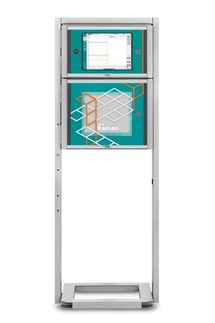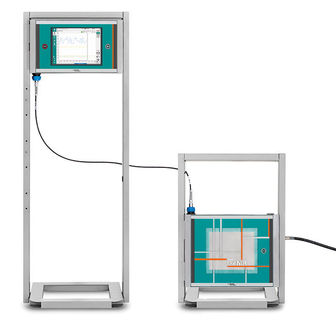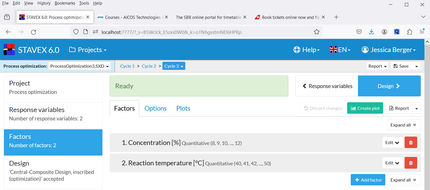To use all functions of this page, please activate cookies in your browser.
my.bionity.com
With an accout for my.bionity.com you can always see everything at a glance – and you can configure your own website and individual newsletter.
- My watch list
- My saved searches
- My saved topics
- My newsletter
Acute motor axonal neuropathyAcute motor axonal neuropathy (AMAN) is a varaint of Guillain Barre Syndrome. It is characterized by acute paralysis, loss of reflexes without sensory loss. Pathologically, one can observe motor axonal degeneration with antibody mediated attacks of motor nerve and nodes of Ranvier. Product highlightHistoryAMAN, also known as Chinese Paralytic Syndrome[1] (in some circles noted to be referred to as "The Dreaded Chinese Paralytic Syndrome"), was first described by a group of Hopkins and Penn Neurologists in collaboration with Neurologists from Second Teaching Hospital of Hebei Medical School and Beijing Children Hospital[2]. In 1991, Drs Guy Mckhann, Jack Griffin, Dave Cornblath and Tony Ho from Johns Hopkins University and Dr. Arthur Asbury from University of Pennsylvania visited China to study a mysterious epidemic of paralytic syndrome occurring in Northern China. Every summer, hundreds of children from rural China develop acute paralysis and respiratory failure. Hospitals were overwhelm with number of cases and often ran out the respirators and hospital beds. Examination of these children showed that many of them have acute flaccid paralysis, areflexia but with little or no sensory loss. Electrophysiology testing of these children showed motor axonal loss with occasional conduction block and little or no demyelinating features and normal sensory potentials. In contrast, the common form of Guillain Barre Syndrome in the West often present with sensory finding and demyelinating features on electrophysiology testing and is more common in adults. Later, several autopsies confirmed the focus of the immune attack was at the motor axolemma especially around the nodes of Ranvier. These cases showed deposition of antibody and complement along the motor axolemma and associated macrophage infiltration[3]. A link to Campylobacter jejuni was suspected when a young girl was admitted to Second Teaching Hospital (STH). She was studying in the city, however, she was called back to the village when many of family Chicken came down with a mysterious disease. She was tasked of feeding these chicken with medicine. Soon, she developed acute paralysis and respiratory failure. Upon hearing the story, Dr. Li Chun yun of STH and Dr. Ho of Hopkins send a team of investigator to the village to study the situation. They found that chicken from the village were paralyzed like the human with similar motor axonal pathology. With the help of Dr. Nachamkin of University of Pennsylvania, the team was successful culturing Campyloabcter jejuni from Chicken feces. When the C. jejni was fed back to the chicken, many of the chicken developed acute paralysis. An epidemiology study examining the sera form patients who developed AMAN showed many of them has increase titeres to C. jejuni and Anti-GD1a antibody[4]. Presentation and DiagnosisIt typically presents as a progressive flaccid symmetric paralysis with areflexia, often causing respiratory failure. Electromyographic studies and nerve conduction studies (EMG/NCS) show normal motor conduction velocity and latency with decreased amplitude of compound muscle action potentials [CMAP]. F-waves and sensory-nerve action potentials are often normal in this dreaded illness. Pathologically, it is a noninflammatory axonopathy without demyelination. [5]
References
|
| This article is licensed under the GNU Free Documentation License. It uses material from the Wikipedia article "Acute_motor_axonal_neuropathy". A list of authors is available in Wikipedia. |







